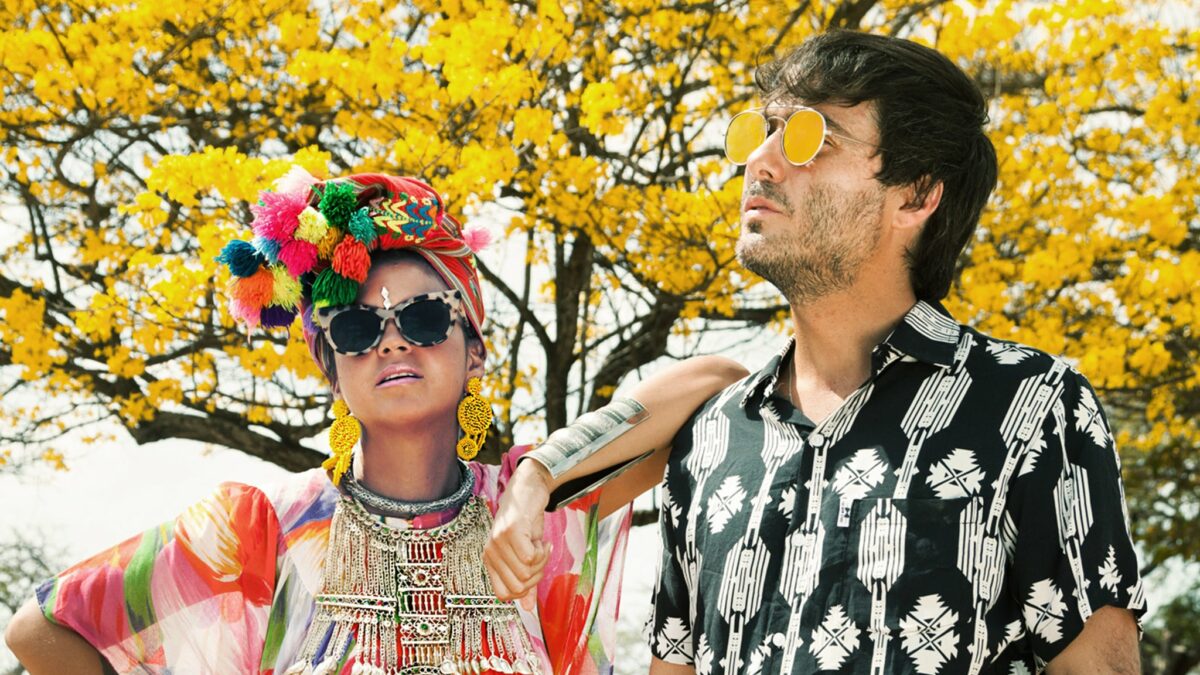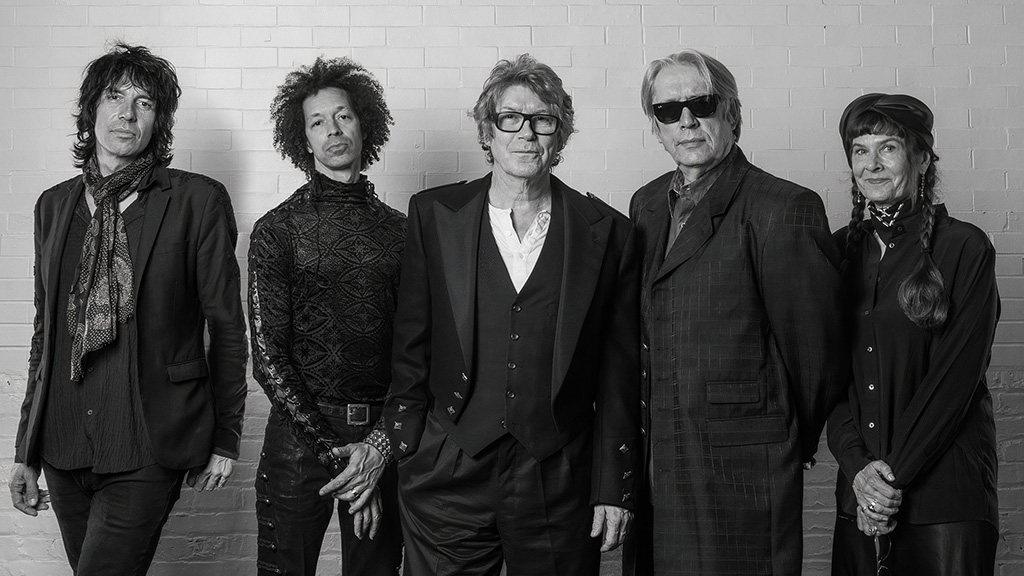‘Gorgeous’ at Asian Art Museum Challenges the Conventions of Beauty

Gorgeous, an exhibition of 72 pieces taken from the collections of the Asian Art Museum and San Francisco Museum of Modern Art, aims to examine the varying standards of beauty that lead to us calling something gorgeous.
The new exhibition encourages attendees to evaluate what they consider to be beauty by presenting a variety of pieces with the implicit question of whether or not they are beautiful (or in the parlance of the exhibit “gorgeous”).
There are pieces that many would not hesitate to call beautiful, such as a set of 12 hanging scrolls from 18th Century Chinese artist Hua Yan. This landscape of mountains and forests drawn in ink on large gold scrolls represents a non-controversial form of beauty.
Things become a bit more complicated however, when we begin to consider taste and fashion and their role in our perceptions of beauty. To illustrate this, one can look at the Japanese freshwater jar that appears to have several mistakes in its creation with an asymmetrical design. However, the fact is that these imperfections were considered desirable. So in this jar the appearance of accidental imperfections was sought because the tastemakers preferred a flawed jar to a perfect one. It was flaws that made it beautiful.
While finding mistakes preferable is a step outside the norm, the exhibition also presents items that outside of a gallery one would never find appealing. Take Duchamp’s famous Fountain, the bowl of a urinal on a pedestal. One would be hard pressed to find someone who would walk into a bathroom and call the urinals art, but somehow, when removed from its functional purpose and placed in a museum, it takes on a new significance. Could beauty really be boiled down to context?
The answer perhaps is that (to brush off an old chestnut) beauty is in the eye of the beholder. We each have our own tastes and find things beautiful for our own reasons, so it’s not the creator, the context, or even the item, but the viewer that makes something beautiful. Like in Richter’s Spiegel, Blutrot (Bloodred Mirror), which a large piece of glass painted in blood red oil such that by looking at it you look at a reflection of yourself, colored with a different hue. Perhaps in each work we look for the reflections of ourselves, how it relates to us, and find only that beautiful.
But there are so many factors that influence our taste that even our own reactions come from outside of ourselves as much as inside. Look at Jeff Koons’s Michael Jackson and Bubbles a porcelain sculpture of the former King of Pop and his pet chimp, made in a style reminiscent of tributes reserved for deities. We may find it beautiful because of pop culture’s influence on our ideas, because of the way we have been affected by it.
All of these explorations of beauty aside, what sets this exhibition apart is the joining of the collections of the two museums, which leads to such contrasts as a golden McDonald’s coffee stir (used to snort blow) sitting next to a ceremonial Indonesian dagger, or a Warhol print across from an illustrated Qur’an from the 16th Century. The understanding of many pieces is aided by this dialogue between the two collections. Take Rothko’s No. 14, 1960 appearing in the same room as a mandala. In Buddhist tradition, mandalas are used as meditative focuses, as something to visualize. When visualizing the mandala, one is able to enter it as a three dimensional space. Interesting considerations as you gaze at Rothko’s huge, dichromatic piece; perhaps a modern mandala.
Overall, this is an incredibly well curated show, with a number of interesting and enlightening juxtapositions exploring an aesthetic question that goes back to when man first began to contemplate appearances. And it features works by greats like Picasso, Tracey Emin, Yves Klein, Mondrian, and Mapplethorpe. It’s a definite must see.
Gorgeous is a Asian Art Museum through Sept. 14. More info.







